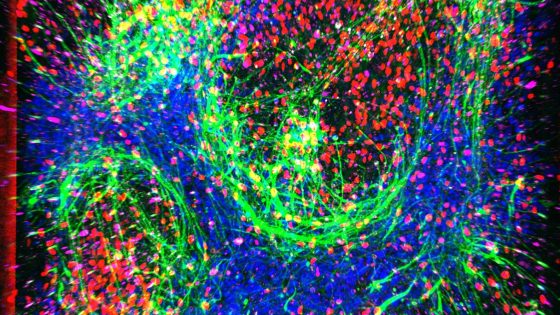Scientists have made a groundbreaking advancement in understanding amyotrophic lateral sclerosis (ALS) with a new pocket-sized model. This “disease-on-a-chip,” detailed on July 3, 2025, in the journal Cell Stem Cell, utilizes stem cells to simulate the most common form of ALS, potentially unlocking new treatment avenues.
- Pocket-sized ALS model developed using stem cells
- ALS causes motor neuron degeneration and paralysis
- New chip mimics early ALS stages accurately
- Abnormal glutamate signaling observed in ALS neurons
- Model aids in early drug screening efforts
- Future plans include incorporating muscle cells
ALS is a progressive condition characterized by the degeneration of motor neurons, leading to muscle weakness and paralysis. The innovative chip mimics early-stage sporadic ALS, which accounts for up to 95% of cases, offering a more accurate representation than previous models.
This new model raises vital questions about ALS progression and treatment. How can we better understand the molecular changes that occur in the early stages? The findings highlight significant differences in gene activity related to glutamate signaling in ALS neurons.
- The model captures early disease signals that previous static models missed.
- It allows for the analysis of over 10,000 genes, revealing abnormal glutamate activity.
- Future iterations aim to include additional cell types for a more comprehensive understanding.
As researchers continue to refine this model, it holds promise for early drug screening and understanding ALS progression, potentially leading to breakthroughs in treatment strategies.

































